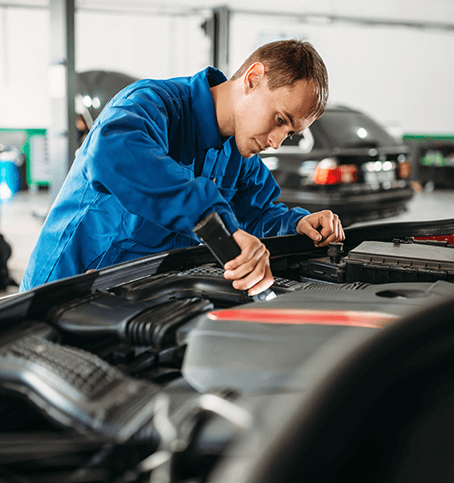With the growing concern for environmental sustainability, the need for efficient Vehicle Recycling Service has become more important than ever. The process of recycling vehicles involves carefully dismantling, recovering, and reusing various components and materials. In this blog post, we will explore the step-by-step process of Vehicle Recycling, highlighting its significance in reducing waste, conserving resources, and promoting a circular economy.

Vehicle Collection and Inspection:
The first step in the Vehicle Recycling process is the collection of end-of-life vehicles (ELVs). These vehicles are typically obtained from Salvage Yards, auctions, or individuals looking to dispose of their old or damaged vehicles. Upon arrival at the recycling facility, a thorough inspection is conducted to determine the vehicle’s condition and potential for reuse or recycling.
Fluid Drainage and Depollution:
To ensure safe handling and prevent environmental contamination, all fluids and hazardous materials are carefully drained from the vehicle. This includes the removal and proper disposal of engine oil, transmission fluid, coolant, brake fluid, and other potentially harmful substances. Depollution also involves removing items like batteries, catalytic converters, and airbags for proper recycling or disposal.
Component Removal and Salvage:
Next, skilled technicians carefully dismantle the vehicle, focusing on salvaging reusable parts and components. This includes valuable items like engines, transmissions, alternators, starters, headlights, interior components, and more. Salvaged parts that are still in good condition can be refurbished and sold as used parts, reducing the demand for new replacements and extending the lifespan of existing vehicles.
Metal Shredding and Separation:
Once all salvageable components have been removed, the remaining metal structure of the vehicle goes through a shredding process. The vehicle is shredded into small pieces, which are then separated into various materials, such as ferrous metals (iron and steel) and non-ferrous metals (aluminum, copper, etc.). These materials are further processed to be reused in the manufacturing of new vehicles or other products.
Plastic and Rubber Recycling:
Vehicles contain a significant amount of plastic and rubber materials, which can also be recycled. These materials are separated and processed through different methods. Plastics can be melted down and used to produce new plastic components, while rubber can be reused in various applications, such as manufacturing new tires or rubberized asphalt for road surfaces.
Glass Recycling:
Vehicle glass, including windshields and windows, can be recycled and transformed into new glass products. The glass is collected, crushed, and melted down to produce a glass cullet, which can then be used in the manufacturing of fiberglass insulation, countertops, tiles, and other glass-based products.
Final Disposal of Non-Recyclable Materials:
Not all materials in a vehicle can be recycled. Certain components, such as asbestos-containing parts, are considered hazardous and require proper disposal in accordance with environmental regulations. These materials are carefully segregated and disposed of in specialized facilities that can handle hazardous waste safely and responsibly.
Reuse and Repurposing:
In addition to recycling, Vehicle Recycling Services also focus on finding opportunities for reusing or repurposing materials and components. For example, recycled tires can be transformed into rubberized playground surfaces, or reclaimed upholstery can be used to create new products like bags or wallets. Finding innovative ways to reuse materials contributes to a more sustainable and circular economy.


